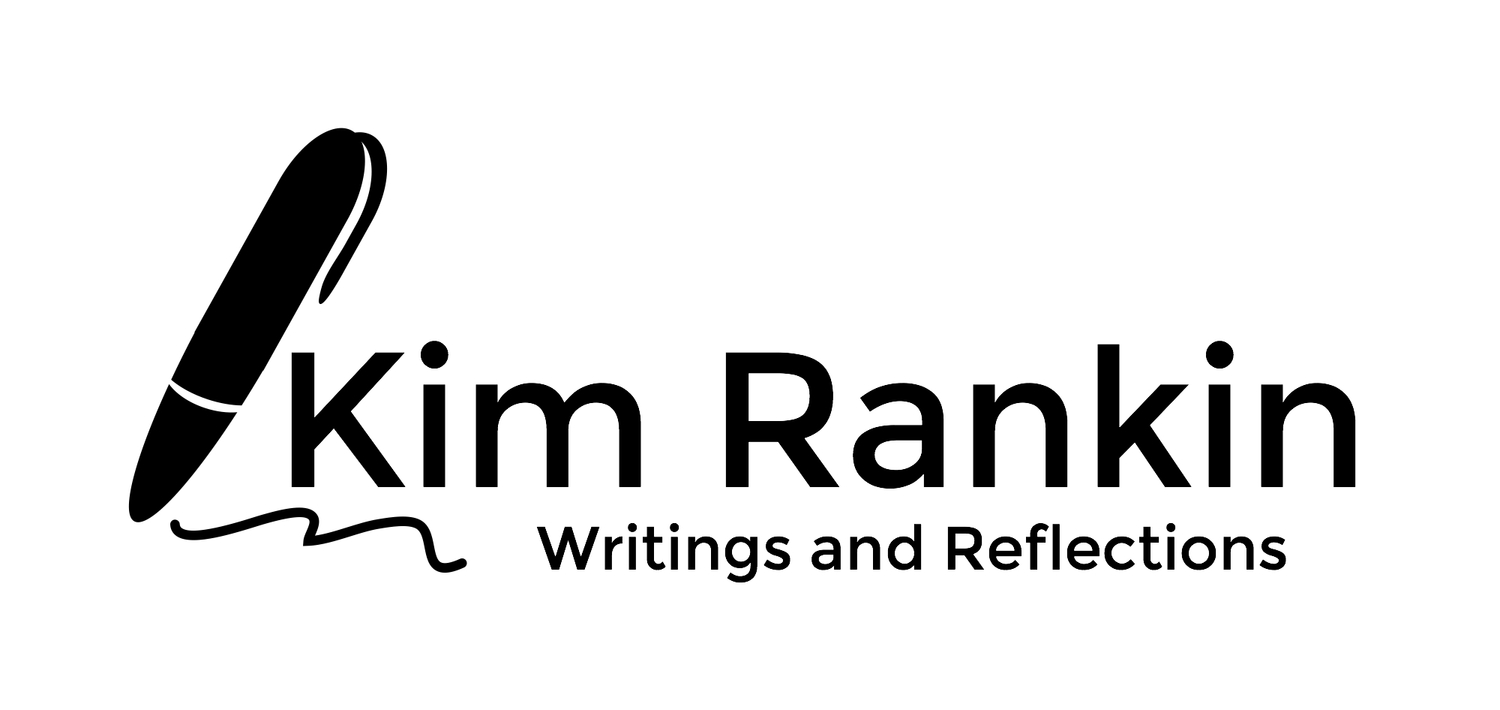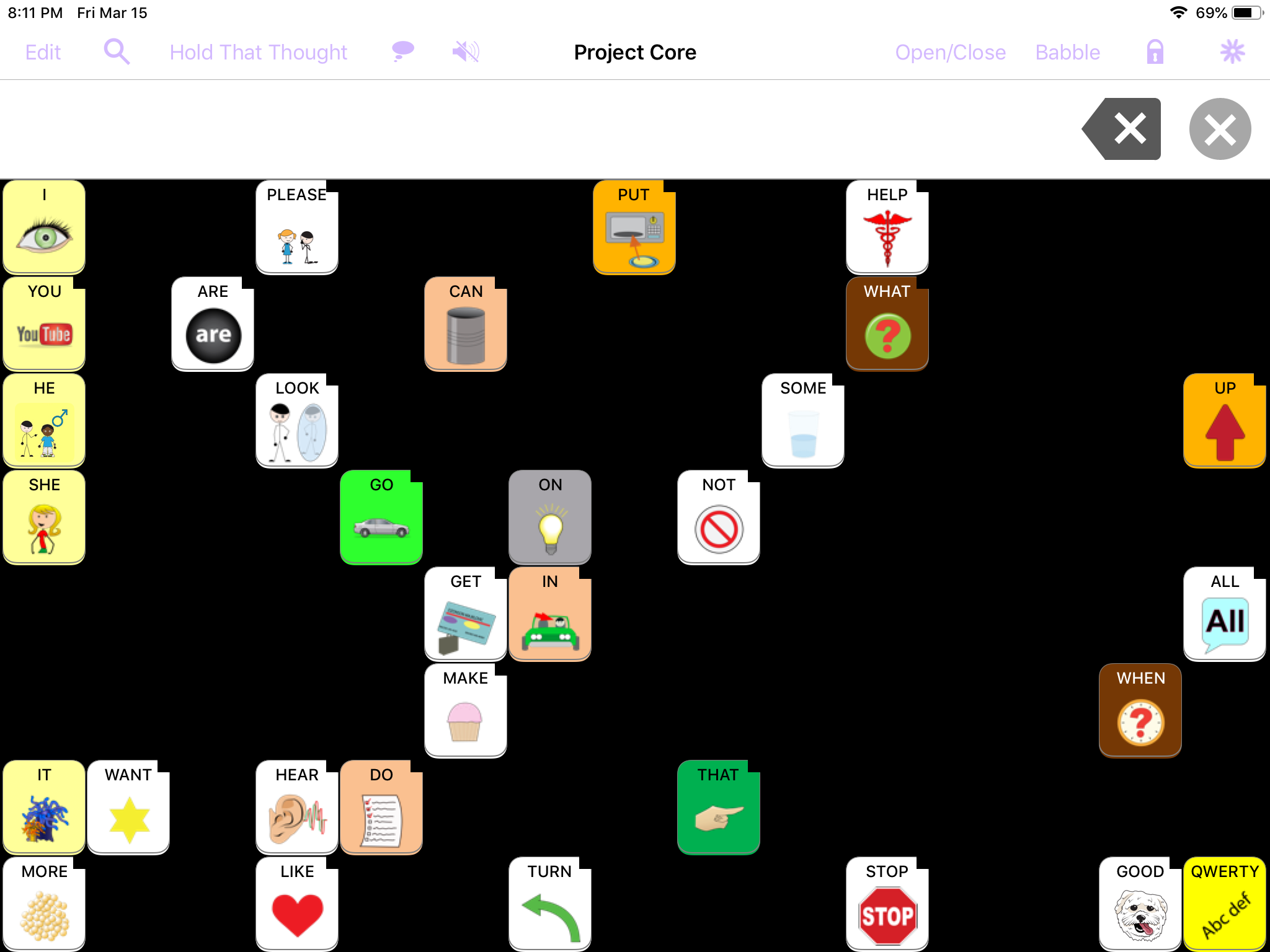New Literacy Practices In My Classroom
I mentioned in my last blog post that I wanted to be honest about some changes I am making after hearing Drs. Karen Erickson and David Koppenhaver’s teaching at the workshop: Comprehensive Literacy Instruction for Students with Significant Disabilities and Complex Communication Needs. Before I jump into another week, I do want to mention modifications that I am implementing immediately. If you have followed our journey and emulated any of my practices, I want to be up front about what we are going to do differently now.
How I Teach Letters:
I have focused on teaching Nathaniel letter phonemes (sounds), but not letter names. This decision was not based on adhering to any specific theory. I wanted to reduce how much Nathaniel needed to learn, and the names seemed to be the least important piece for learning to read. We have created gross motor signs for each letter/sound because ASL finger spelling won’t work for him. Nathaniel signs the appropriate sign when I say the phoneme with no visual cue; he signs the appropriate sign when he sees a letter in print, and he can pick the correct letter from a group when I say the sound with and without me doing the sign. He has the majority of the alphabet learned in this way. After hearing material presented at the workshop, I am going to go back and teach letter names. For many of the letters, their sound is included when pronouncing their name. I suspect Nathaniel will pick up the letter names quite quickly.
I am also going to quit using the word SAYS as in “B says /b/.” Cats say meow. Dogs say woof. Ducks say quack. Letters just sit on paper or wood or walls or computer keyboards. They don’t say anything; they represent sounds. I will use language like “This is letter B.” “The letter B represents the sound /b/.” Karen and David shared about these topics briefly in their teaching and offered research articles for us to consider privately. I think these changes will help Nathaniel long term.
Modeling Core Words
I have had excellent support from our local SLPs in learning the priority of core words as the basis for an augmentative alternative communication. I follow many SLPs online and on social media who consistently advocate for core word based systems and modeling. Nathaniel has access to core words; I’ve been modeling their use for a long, long time. And I still have a kid who LOVES to speak in nouns. I’ve mentioned on Nathaniel’s Facebook page that he will say, “Mommy, napkin, plate, peanut butter, sandwich, blueberries, please” instead of “I want lunch,” or “I hungry,” or “I eat.”
Erickson and Koppenhaver have offered Project Core resources free online. They have identified a list of thirty-six core words common to most everyone else’s lists. After ATIA in January, Speak for Yourself (SFY), the communication app that Nathaniel uses, offered a vocabulary set of these core words as a gateway to the massive vocabulary available in SFY. You can read about that here on SFY’s web site. The teaching at the workshop reinforced the power of these words and importance of Nathaniel using them.
We have the luxury of a second iPad with SFY to use for modeling. In the past, this iPad had the exact word set open that Nathaniel has on his dedicated device. Since the workshop, I have closed all but the thirty-six words in the Project Core word list on the modeling device. My goal is that I will be forced to model these words more often, and in doing so, draw Nathaniel’s attention to their use.
I tried it out this weekend. We were running errands. We arrived at a store, turned off the car, and waited. Nathaniel tapped his door and started breathing faster - his easy way of saying, “Come on guys! Let’s get out.” We continued to wait. He took his device and said, “door.” I modeled, “Open it” and pointed to his door. We waited. He waited. Then he said, “Daddy, open door please.”
To the annoyance of his parents and speech therapists, Nathaniel has never really parroted back exactly what someone demonstrates on an AAC device. He has always preferred to generate authentic utterances. In the past, I might have responded to his one word “door” by adding to it and saying, “open door.” To which Nathaniel would have said, “Yes!” Perhaps by going a completely different direction with my modeling, it made him think about adding one of the words I said to his utterance? I don’t know. Time will tell. But I am convinced that continuing to model core vocabulary will not be wasted time. It doesn’t matter how many times I’ve demonstrated the power these words have. Until he is using them consistently, I need to keep on keeping on.
Important to note - I am not reducing or taking away any of the vocabulary Nathaniel has on his dedicated device. He is allowed to keep “kiwi fruit” and “ATV” and “snowman” and “Word Girl” and “gun.” I am only reducing the word set on our modeling device.
Handwriting Is Lower On My Priority List
At the workshop David mentioned that the handwriting program we use, Handwriting Without Tears, has caused him to shed tears. I wanted to shout, “AMEN!” As I mentioned in last Thursday’s post, Nathaniel has a lot of difficulty with his hands and we’ve spent a long time to acquire the most basic skills at letter writing. I needed permission to do what my gut was nudging me to do… stop thinking of handwriting as a prerequisite to writing. It is really a shame the two things share a word. One is fine motor skill development, the other is communication.
More importantly perhaps, David mentioned that we must recognize what we are not working on with a child when we select what we do want to work on that same child. When parenting a kiddo with complex needs, it can be hard to prioritize how we spend our time. I walk out of every therapy session thinking, “We really need to make (whatever the therapist just recommended we work on) a priority this week.”
Unfortunately every skill can not be at the top of the list. Everything has to be prioritized with our long term goals in mind. I know this. I have made many decisions accordingly. For example, I occasionally help Nathaniel get dressed because I want to move into working on academics with him, not spend the morning working on life skills. I trust those skills will come in time or we will sort out supports to allow him to dress independently. However, if our larger goals are Nathaniel’s communication skills and literacy we’ve spent a disporportionate amount of time on the fine motor skills involved in handwriting.
For months, Nathaniel and I have signed into our day of school by writing our names. This takes a very long time. It starts our day with something he struggles with and dislikes. Tomorrow we will sign into school using our modeling iPad, Google Docs, and a blue tooth keyboard - the same tools that Nathaniel will later use for independent writing. My hope is that he will start to identify location of his name letters on a keyboard and that this skill will transfer to independent writing. I will continue to work on fine motor skills and helping Nathaniel learn to write the letters of his name and then all the rest of the letters. But it will no longer get our first attention of the day.








